| Plant Habit: | Shrub |
| Life cycle: | Perennial |
| Sun Requirements: | Full Sun to Partial Shade |
| Water Preferences: | Wet Mesic Mesic |
| Soil pH Preferences: | Slightly acid (6.1 – 6.5) Neutral (6.6 – 7.3) Slightly alkaline (7.4 – 7.8) |
| Minimum cold hardiness: | Zone 3 -40 °C (-40 °F) to -37.2 °C (-35) |
| Maximum recommended zone: | Zone 7b |
| Plant Height: | 8-10 feet |
| Leaves: | Good fall color Unusual foliage color Deciduous Other: Dark green maturing to yellow and reddish-purple in fall. |
| Fruit: | Showy Edible to birds Other: Small oval white drupes, sometimes tinged blue. |
| Fruiting Time: | Summer |
| Flowers: | Showy |
| Flower Color: | White Other: Cymes to 2.5 inches across. |
| Bloom Size: | Under 1" |
| Flower Time: | Spring Late spring or early summer |
| Uses: | Windbreak or Hedge Provides winter interest Flowering Tree Cut Flower |
| Edible Parts: | Fruit |
| Wildlife Attractant: | Bees Birds Butterflies |
| Resistances: | Deer Resistant Rabbit Resistant |
| Propagation: Other methods: | Cuttings: Stem Cuttings: Root |
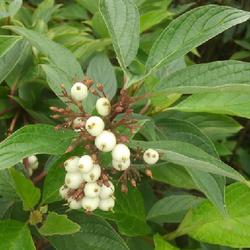
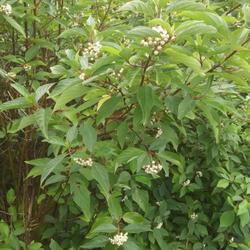
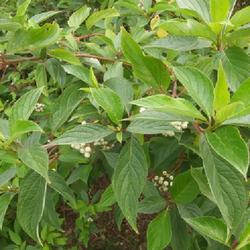
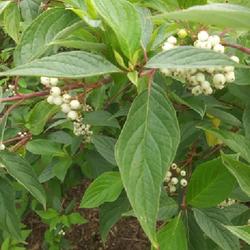
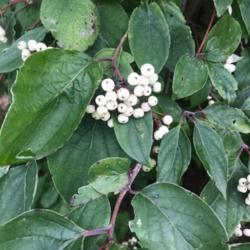
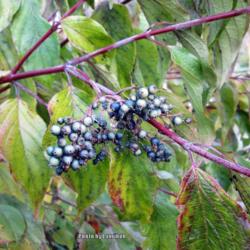
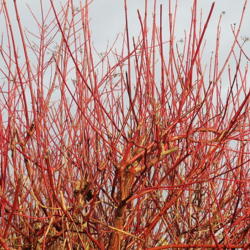
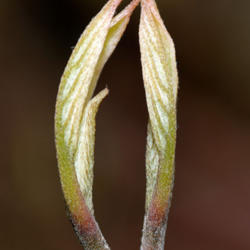
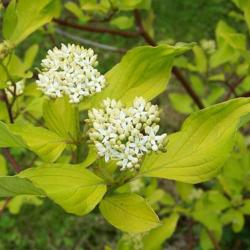
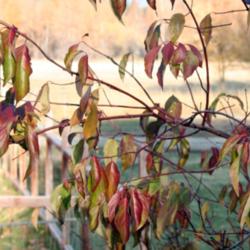
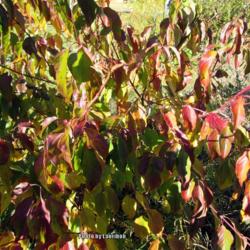
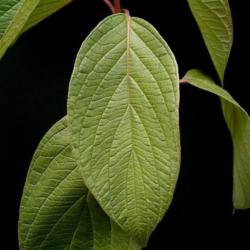
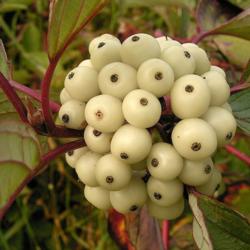
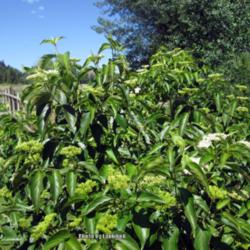
« Add a new plant to the database
» Search the Dogwoods Database: by characteristics or by cultivar name
« See the general plant entry for Dogwoods (Cornus)